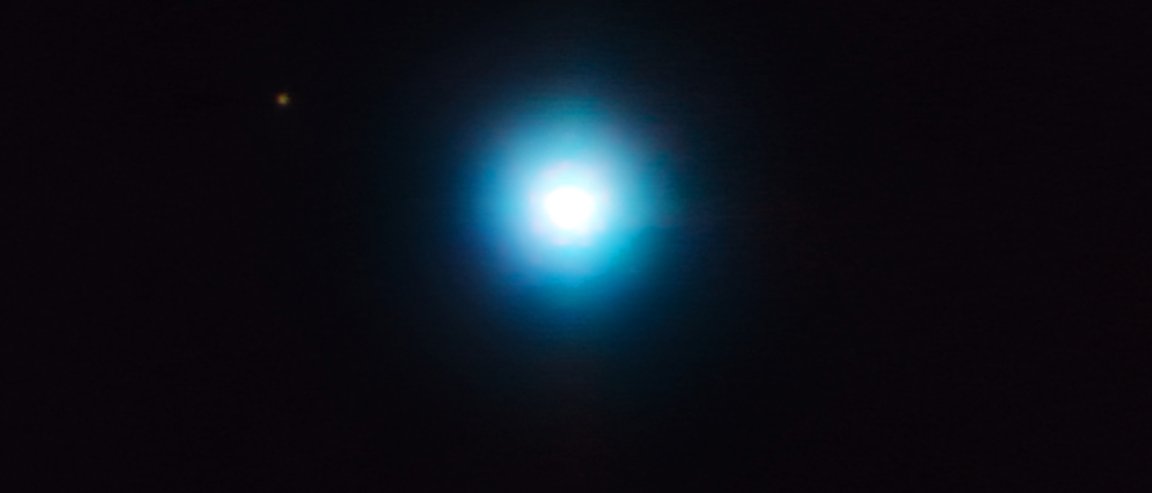
Finding exoplanets has always been a strange business. You never know what you’re going to find. But this new discovery has to take the cake for being one of the strangest systems ever found.
A star system that has been examined for a few years, CVSO 30, has been found to contain two possible exoplanets, using both Transit Method and Direct Imaging. What’s even stranger was that one was found to have an orbital period of less than 11 days, while the other takes a whopping 27,000 years to orbit its parent star.

The star with the longer orbit time—CVSO 30c—was spotted in remote regions around its parent star. It was found to be very young – less than 10 million years old. It is also unusually blue for a planet, as most other planet candidates of its kind are very red. It is likely that 30c is the first young planet of its kind to be directly imaged.
Meanwhile, CVSO 30c was found to be impossibly close to its parent star. It is the first transiting planet around a star as young as 2.5 million years.
The planets were found by both the Keck Observatory in Hawaii, the ESO’s Very Large Telescope in Chile, and the Spanish National Research Council’s (CSIC) Calar Alto Observatory.